Crafting the new by studying the old.
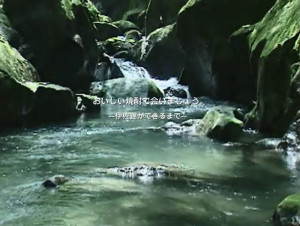
Traditional processes and methods
The highest quality water, rice, and sweet potatoes are indispensable for crafting delicious shochu.
Famed as a shochu production region, the Isa area cultivates Isa-mai rice famous for its delicious flavor. The region’s natural bounty, including pure water and a cold climate, fostered the development of Isanishiki, a great tasting shochu.
Okuchi Shuzo crafts products with traditional methods and techniques which cherish Isa’s natural environment. Meanwhile, with state-of-the-art equipment, we draw out the signature body and smoothness of the shochu.
1. Koji production

To make the koji , premium quality rice is steamed and then cooled, after which it is mixed with seed koji in a process called tane-kake, then placed in a fermenter for two days. There are three kinds of traditional seed koji: white koji, black koji, and yellow koji. For making shochu, white and black koji are mainly used. Our products using white koji are Isanishiki, Isamai, and Isa Komachi, while Kuro Isanishiki, Kame Isanishiki, and Eiroku Nisai use black koji.
2. Primary raw ingredients
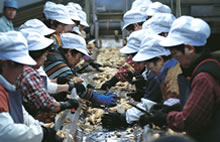
Freshly harvested sweet potatoes are carefully washed, then have their skin and any blemishes removed. The main ingredient of Okuchi Shuzo’s products is sweet potatoes, with which we manufacture potato shochu. If we were to opt for rice, it would make rice shochu, while barley would make barley shochu.
3. Initial processing

The first-stage process mixes water, koji, and shochu yeast, which is left to ferment for about six days in order to produce what is called first-stage mash (moromi).
The objective of the first stage is to propagate shochu yeast, with 1 cc of mash ultimately hosting some 200 million yeast cells.
4. Secondary processing
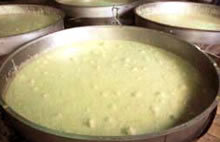
The first-stage mash is mixed with water and sweet potatoes (the main ingredient) in a process called the second stage mash. The objective of the second stage is to break starch down into sugars that are then further fermented by the yeast to produce alcohol.
5. Distillation
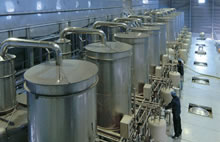
The mash that has gone through the second stage is distilled in a pot still and the alcohol in the mash is collected. This is the raw shochu, with an alcohol content of about 40%. The operation of the still greatly affects the quality of the product. Kuro Isanishiki undiluted Shochu “Genshu” 720 ml is a product with absolutely no water added to the distilled shochu.
6. Inspection
After distillation, the product is tested by measuring the undiluted shochu’s alcohol percentage, volume, temperature, and various ratios (including maturity, distillation, and yield).
7. Storage (aging)
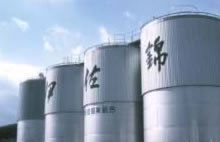
The product is stored in order to eliminate the sharp aroma of the undiluted shochu, to add rounder corners to the flavor, and to otherwise refine the taste. The length of storage varies according to the tank’s material and capacity, as well as the seasonal outdoor temperature.
8. Blending
Undiluted shochu that completes the aging process has subtle variations in flavor, body, and aroma. In order to maximally leverage these variations, and to ensure uniform quality, the product is blended.
9. Dilution
Excellent quality spring water is ozone sterilized and added to the shochu to achieve the target alcohol concentration.
10. Packing
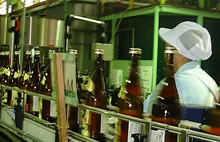
Measured amounts are poured into carefully cleaned bottles and packages that receive one last inspection.
11. Shipping

Isanishiki trucks transport each product shipment.